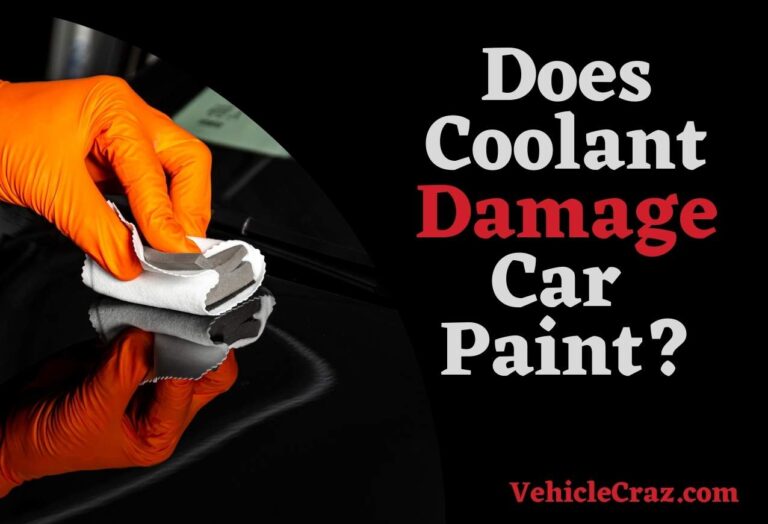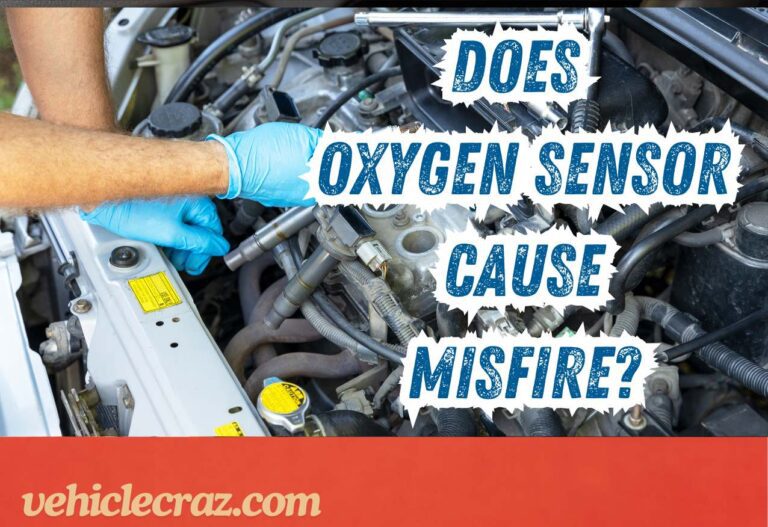Does Exposure to UV Light Shorten the Lifespan of Your Windshield?
Does Exposure to UV Light Shorten the Lifespan of Your Windshield? Yes, exposure to UV rays can significantly affect the longevity and performance of your windshield. We know you want more regarding this important topic. Let’s start.
Table of Contents
ToggleDoes Exposure to UV Light Shorten the Lifespan of Your Windshield?
Yes, exposure to ultraviolet (UV) light can indeed shorten the lifespan of your windshield. Windshields, typically made from laminated glass, are designed to offer durability and safety. However, prolonged exposure to UV rays can have several detrimental effects on their longevity and performance.
Degradation of Glass and Laminated Layers
UV light can cause the degradation of both the glass surface and the plastic laminate that lies between the glass layers. Over time, UV rays can break down the chemical bonds in the glass and laminate, leading to:
The outer layer of the windshield can develop tiny cracks and imperfections due to UV exposure, which may eventually expand and compromise the windshield’s integrity.
The laminate layer, designed to hold the glass layers together, can weaken and start to separate from the glass due to prolonged UV exposure. This delamination can reduce the windshield’s strength and impact resistance.
Decreased Visibility and Safety
As UV rays degrade the windshield, it can affect visibility in several ways. UV damage can cause the windshield to become cloudy or discolored, impairing your ability to see clearly through it, especially in bright sunlight.
Damage to the windshield’s surface can lead to increased glare from the sun, making driving more hazardous.
Reduced Structural Integrity
The structural integrity of a windshield is crucial for safety during impacts and collisions. UV exposure can compromise this integrity by.
As the glass becomes more brittle due to UV exposure, it may be less able to withstand impacts or pressure. The adhesive used to bond the windshield to the vehicle frame can be affected by UV light, potentially leading to a less secure fit and increased risk of detachment.
Related: How Do Scratches on a Windshield Affect Visibility at Night?
What Are the Signs of UV Damage on a Windshield?
Here are the common signs of UV damage on a windshield.
Cloudy or Hazy Appearance
UV exposure can cause the windshield to develop a cloudy or hazy appearance. This cloudiness is often a result of the breakdown of the glass surface and can reduce clarity and visibility.
Discoloration or Yellowing
Over time, UV rays can cause the windshield to become discolored or yellowed. This discoloration typically starts at the edges and can spread across the surface, affecting the windshield’s transparency and overall look.
Surface Cracking
Small cracks or fissures on the windshield’s surface can be a sign of UV damage. These cracks may start as tiny imperfections and gradually expand, compromising the windshield’s integrity and safety.
Increased Glare
If you notice an increase in glare while driving, it may be due to UV damage. UV exposure can cause uneven wear on the windshield surface, leading to excessive glare and difficulty seeing clearly, especially in bright sunlight.
Delamination
Delamination occurs when the layers of the laminated glass begin to separate. UV rays can weaken the adhesive that holds the glass layers together, leading to bubbling or visible separation between the glass layers. This can compromise the windshield’s strength and safety.
Reduced Strength or Brittleness
A windshield that has become brittle or weakened due to UV exposure may show signs of fragility. If you notice that the glass feels more brittle or if it easily develops new cracks, it may be a result of prolonged UV damage.
Increased Fogging or Condensation
UV damage can affect the windshield’s ability to repel moisture, leading to increased fogging or condensation on the inside of the windshield. This can further impair visibility and make it difficult to clear the glass.
Adhesive Issues
UV rays can also impact the adhesive used to bond the windshield to the vehicle. If you observe that the windshield is starting to come loose or if there are visible gaps between the windshield and the vehicle frame, it may be a sign of UV-related adhesive degradation.
How to Prevent UV Damage on Windshields?
Preventing UV damage on your windshield is key to maintaining its durability and performance. Here are effective strategies to protect your windshield from UV-related wear and tear:
Use a Sunshade
When parking your vehicle in direct sunlight, use a sunshade or windshield cover. These devices help block UV rays from hitting the windshield, reducing the risk of damage.
Apply UV-Resistant Films
Consider applying UV-resistant films to your windshield. These films can block a significant percentage of UV rays, protecting the glass and the laminate layer underneath. Professional installation ensures proper adhesion and effectiveness.
Park in Shaded Areas
Whenever possible, park your vehicle in shaded areas or use a garage. This reduces the windshield’s exposure to direct sunlight and UV rays, minimizing the risk of damage.
Regular Cleaning
Keep your windshield clean by washing it regularly with a mild detergent and water. Avoid using harsh chemicals or abrasive materials that could damage the glass or degrade protective coatings.
Use UV-Blocking Windshield Wipers
Some windshield wipers come with UV-blocking coatings. These wipers can help reduce the impact of UV rays on the windshield during use.
Check and Maintain Window Seals
Ensure that the seals around your windshield are in good condition. Damaged or deteriorated seals can allow UV rays to penetrate and accelerate the degradation process.
Avoid Prolonged Exposure
Try to avoid leaving your vehicle exposed to the sun for extended periods. If your vehicle is parked outside, use a windshield cover or sunshade to minimize UV exposure.
Inspect and Repair Damage Promptly
Regularly inspect your windshield for any signs of damage or wear. If you notice any cracks, discoloration, or delamination, address the issue promptly with professional repairs or replacement to prevent further UV-related damage.
Consider UV-Resistant Coatings
Some products are available that can be applied to the windshield to enhance UV resistance. These coatings provide an additional layer of protection against UV rays.
Use a Protective Wax or Sealant
Applying a protective wax or sealant designed for glass can offer an extra layer of defense against UV damage. Make sure to choose products that are specifically formulated for automotive glass.


I’m Alex, a seasoned mechanical teacher with over 20 years of hands-on experience in Australia. My passion for all things automotive has driven me to establish this blog, aiming to share my wealth of knowledge and expertise with fellow enthusiasts, DIYers, and anyone keen on understanding the mechanics behind the machines we rely on daily.

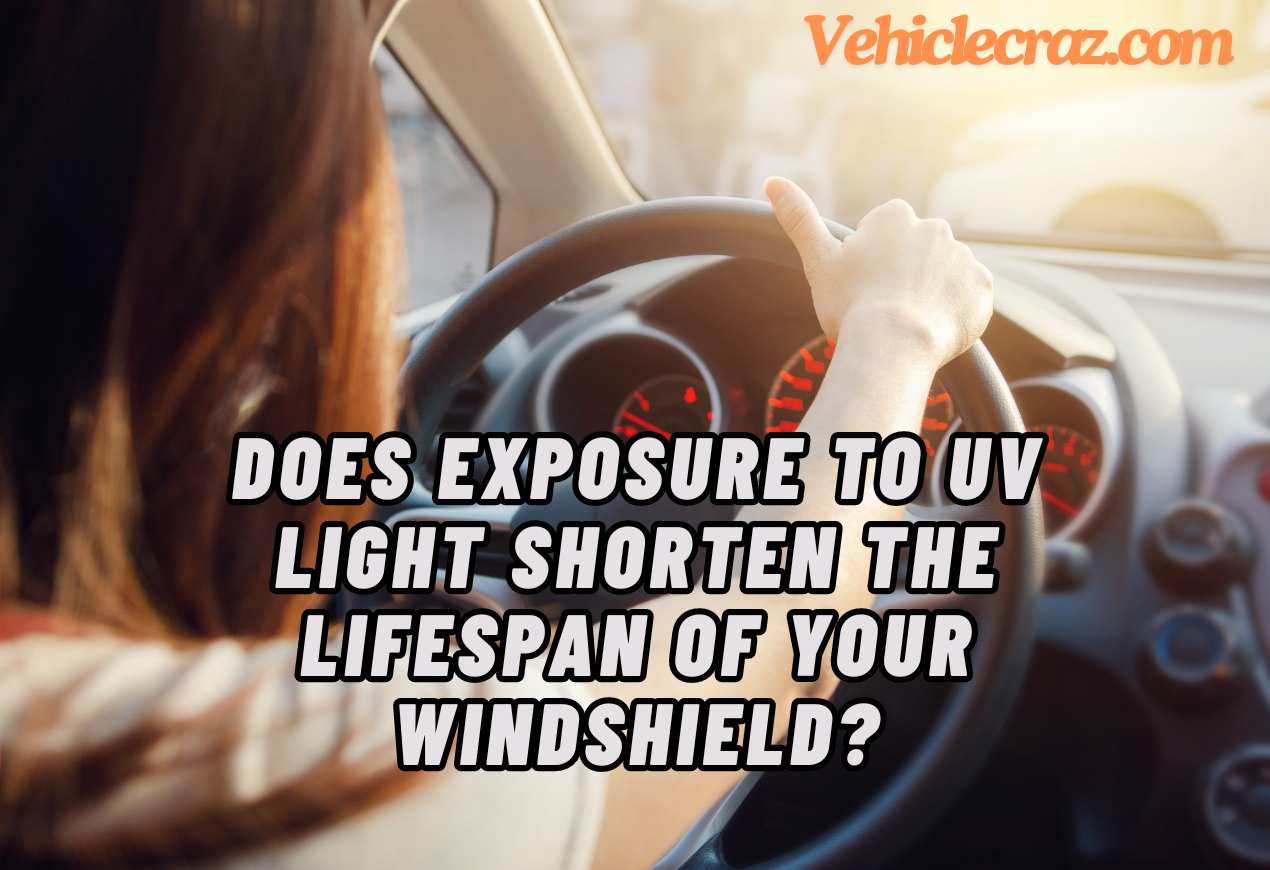
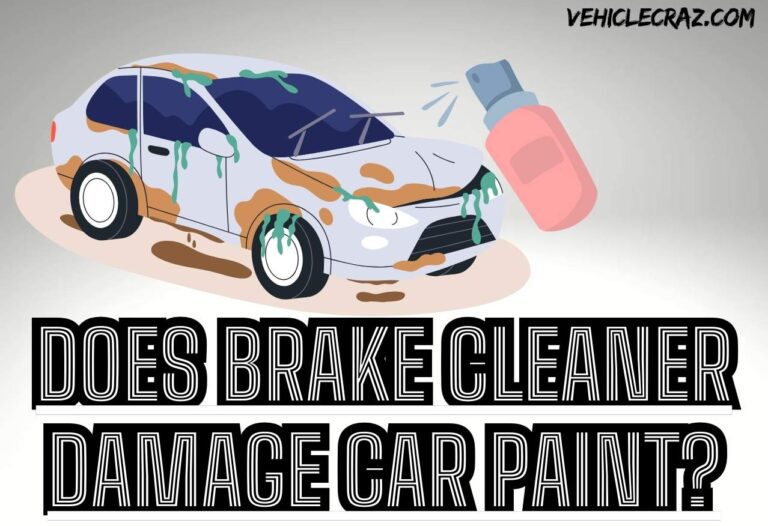
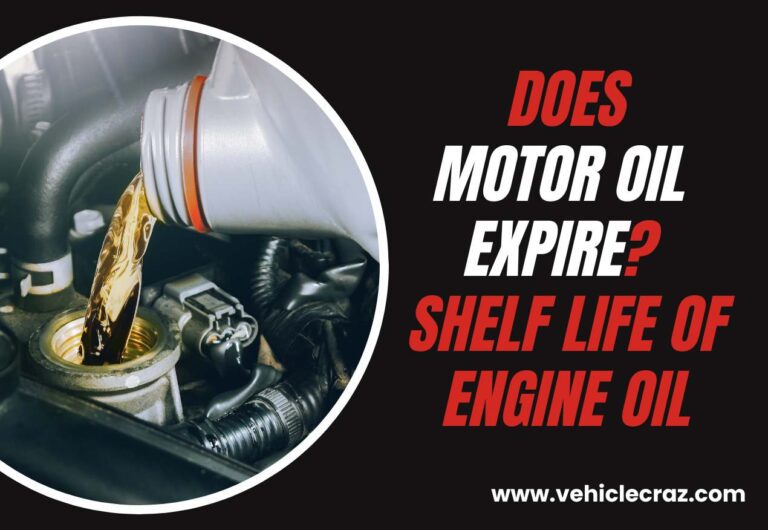
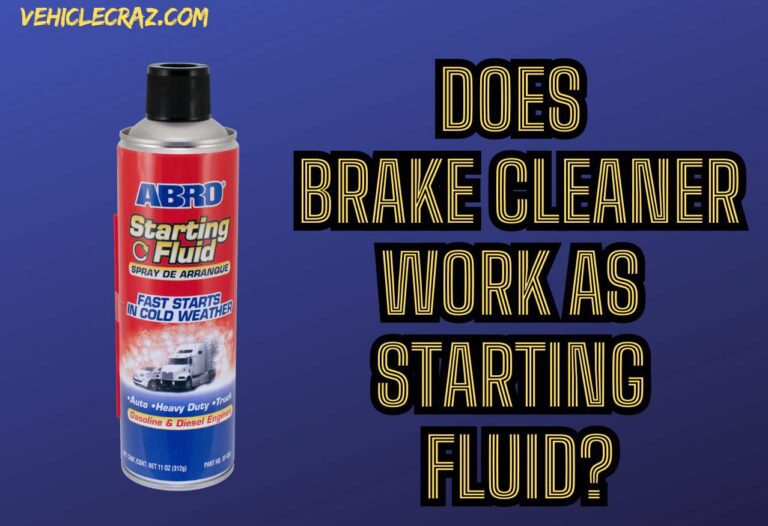
![Airbag Light On and Horn Not Working? [SOLVED]](https://vehiclecraz.com/wp-content/uploads/2024/08/Airbag-Light-On-and-Horn-Not-WorkingArcadia-768x524.jpg)
